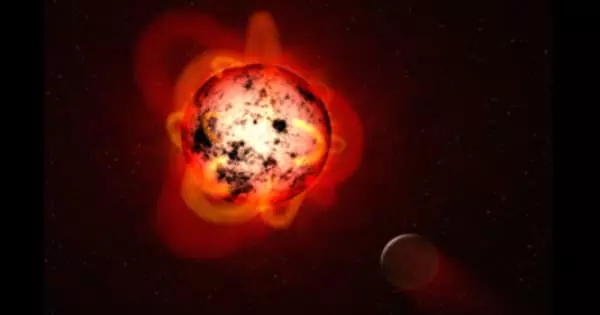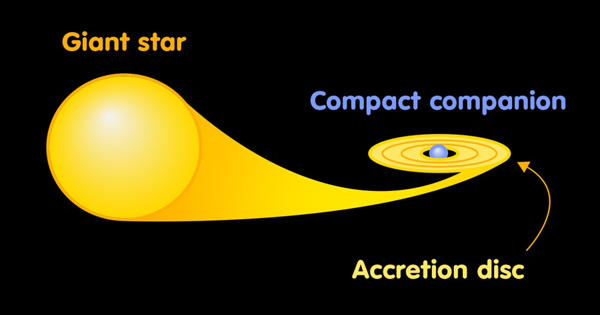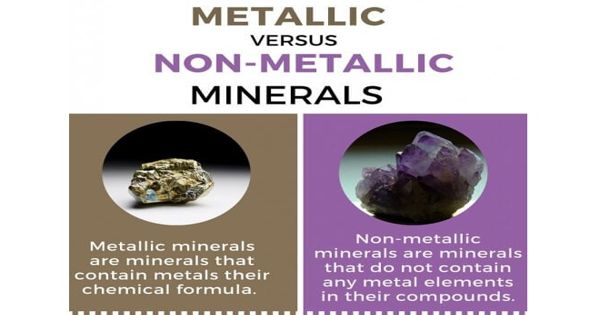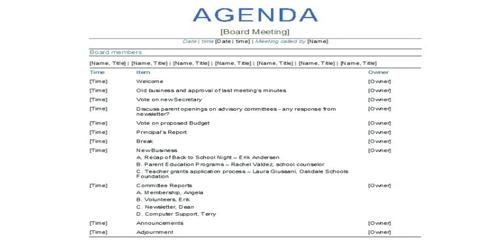LHS 1140 is a red dwarf in the Cetus constellation. It’s an M dwarf with two transiting planets with orbital periods of 3.77 and 24.7 days. It is estimated to be 41 light-years away from the Sun based on stellar properties. The external planet (LHS 1140 b) is a rocky super-Earth located in the middle of this low-mass star’s habitable zone, putting this system at the forefront of habitable exoplanet exploration. LHS 1140 is a cool low-mass star located 39 light-years away in the Cetus constellation.
The term ‘LHS’ refers to the Luyten Half-Second Catalogue of stars with annual proper motions greater than half a second of arc. The rocky planet is ten times closer to its star than Earth is to the sun, but the red dwarf emits only a fraction of the light that the sun does, putting LHS 1140b in the middle of the star’s habitable zone. The star is more than 5 billion years old and has 15% of the mass of the Sun. The rotational period of LHS 1140 is 130 days. There have been no reports of flares.
Planetary system
As of January 2019, LHS 1140 has two confirmed rocky planets orbiting it and a third candidate planet that has yet to be confirmed. It has two transiting planets with orbital periods of 3.77 and 24.7 days. LHS 1140b, the external planet, is a super-Earth with a mass of 6.5 Earth masses. It has a rocky composition and is located within the star’s habitable zone.
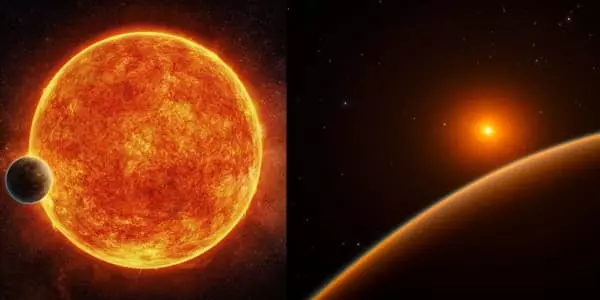
The first to be discovered was LHS 1140 b, which was discovered in 2017 by the MEarth Project using the transit method. The High Accuracy Radial Velocity Planet Searcher instrument was used to measure follow-up radial velocities to confirm the planet and determine its mass. LHS 1140 b is a super-Earth in the habitable zone that transits the star once every 24.7 days. This should allow its atmosphere to be studied in the future: the combination of the transiting super-Earth and the relatively small and nearby host star makes this system, along with the TRAPPIST-1 system, one of the most promising known for atmosphere studies. LHS 1140 b has a mass about 7 times that of Earth and a radius about 1.7 times that of Earth, giving it a density of about 7.5 g/cm3 compared to Earth’s 5.5 g/cm3.
The planet is thought to have formed around 5 billion years ago and may still have an atmosphere, according to the team, though they cautioned that young red dwarf stars are known to emit large amounts of radiation that can strip away the atmospheres of orbiting planets. Despite this, the planet’s rocky nature, size, age, and rotation rate make it a particularly promising candidate among exoplanets that could support life, according to the researchers.
Feng et al. published a reanalysis of the radial velocity data for LHS 1140 in July 2018, proposing the existence of two additional planets: an inner Earth-mass planet orbiting every 3.8 days and an outer Neptune-mass planet orbiting every 90 days. In 2020, the orbital period of the outer planet LHS 1140 d was reduced to 78 days.
